FARMINGDALE — Players and their coaches may harbor different opinions on how long it takes them to get ready for a season, but they do agree there’s plenty of benefit in having an extra week to throw baseballs.
“Pitchers and catchers week,” as it’s been known, began Monday with Maine’s high school baseball and softball teams getting the jump on the new season. Where the rest of the spring sports lot won’t begin their preseason work until March 25, the state’s hardball squads were putting recently out-of-work basketball gyms to good use with equal parts throwing, stretching and conditioning.
“It’s just a matter of getting them prepared for the season,” Hall-Dale baseball coach Bob Sinclair said. “No starting position is going to be earned this week in our first week of pitchers and catchers. I like to call it ‘arm conditioning week’ now that they’ve changed what is allowed.”

Hall-Dale High School softball players stretch Monday in the school’s gym, the first day pitchers and catchers could practice. Kennebec Journal photo by Andy Molloy
In 2016, the Maine Principals’ Association changed the rules on preseason work for baseball and softball. Prior to the change, coaches had to declare a certain number of pitchers and a certain number of catchers on their rosters, and only those players were allowed to practice for the first week. Now, all players on a baseball and softball roster are allowed to participate in the workouts, so long as the only baseball- or softball-related activity is throwing. Hitting and defensive drills are not allowed until next week.
The defending Class C state champion Bulldogs opened their two-hour workout with a 15-minute session alongside the school’s athletic trainer, Jill Haskell. Given the condensed nature of Maine’s baseball season, and the cold, damp conditions that await its first half, stretching was of primary focus before any Bulldog picked up a ball.
“It’s an incredible resource to have,” Sinclair said. “We started with proper stretching, a proper warmup, and what she laid for a foundation is something that will last with us until the final game of the season.”
At Madison, softball coach Chris LeBlanc only had his players throwing balls for 15 minutes of the two hours they spent inside the school’s gymnasium. The entirety of the first hour Monday was spent on conditioning.
“We do just a little bit (of throwing) at first and then build up,” LeBlanc said. “I like that fact that they’ve included everybody now. We’ll start with a half an hour for the first couple of days, then maybe 45 minutes by the end of the week, and we’ll build up to an hour or so next week.”
Hall-Dale senior Austin Stebbins said it takes him 3-4 weeks before his arm feels as though it’s ready for the rigors of the baseball season. Given the number of pitchers outside of Dean Jackman and Cole Lockhart the Bulldogs used last spring — both of whom graduated after serving as the team’s No. 1 and No. 2 pitchers, respectively — extra weeks in the spring ensure more, healthier options for Sinclair to utilize on the mound.
“We had people like Akira (Warren), Logan (Dupont), Alec (Byron), Jacob (Brown) all behind them ready to go half the time,” Stebbins said. “Getting all those extra arms prepared is really big. We don’t have many inside facilities, and most of us are all two- or three-sport athletes and we’re doing something all the time. Baseball isn’t really the thought all the time, so picking up a baseball isn’t the first thing we think of.”
Brown, also a senior, participates in baseball clinics at Thomas College on the weekends during the high school offseason. Even with that limited workload, where he might throw 15-20 pitches per week off an indoor mound at Thomas, Brown needs the month of baseball preseason to feel strong enough to pitch for Hall-Dale.
“It would be a challenge,” Brown said of pitching more than that during the offseason. “Even once a week off the mound at Thomas, you’re feeling it the next few days.”
Sinclair said he thinks the timetable is more like 5-6 weeks for his pitchers to be ready for a full workload.
“They’re probably hoping that it’s less than that, but at the same time you’ve got to be real cautious,” Sinclair said. “I feel like in these few weeks that we’re given in March, more harm can be done than good if you’re not cautious with consideration to a player’s arm. The progression we use, and it’s been successful in past years, is we go in 15 pitch increments per week.
“If you base it on that, usually it’s 5-6 weeks before they’re ready to throw, which works out well because that’s about the timing for the start of high school games that are countable.”
Softball is a different animal entirely.

Madison pitcher Lauria LeBlanc throws a pitch Monday in the school’s gym, the first day pitchers and catchers could practice. Morning Sentinel photo by Dave Leaming
“All year long,” said LeBlanc when asked how often a high school pitcher should be throwing in order to be ready for an opening day in April.
“The good ones, especially, are the ones working at it year-round,” LeBlanc said. “They’re the ones who are oftentimes playing in June.”
LeBlanc did concede that there needs to be time off for arms to rest, even if softball mechanics differ greatly from baseball ones. Where high school baseball implements pitch counts and regulates rest between mound outings, softball pitchers can pitch every inning of a 16-game regular season, plus playoffs.
“Typically, our pitchers go through the season, play summer softball, maybe a little fall ball and then they go through Thanksgiving and Christmas where they have a break,” LeBlanc said. “Then, they’re back at it in January.”
Travis Barrett — 621-5621
tbarrett@centralmaine.com
Twitter: @TBarrettGWC
Send questions/comments to the editors.


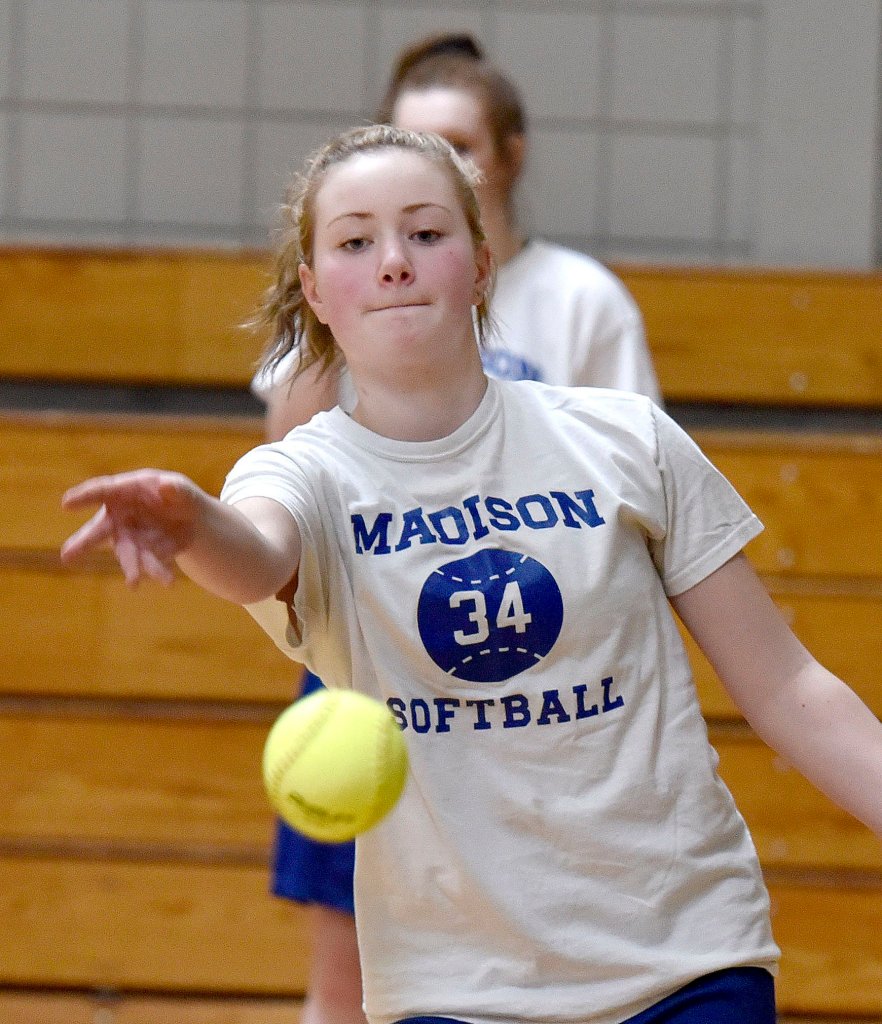
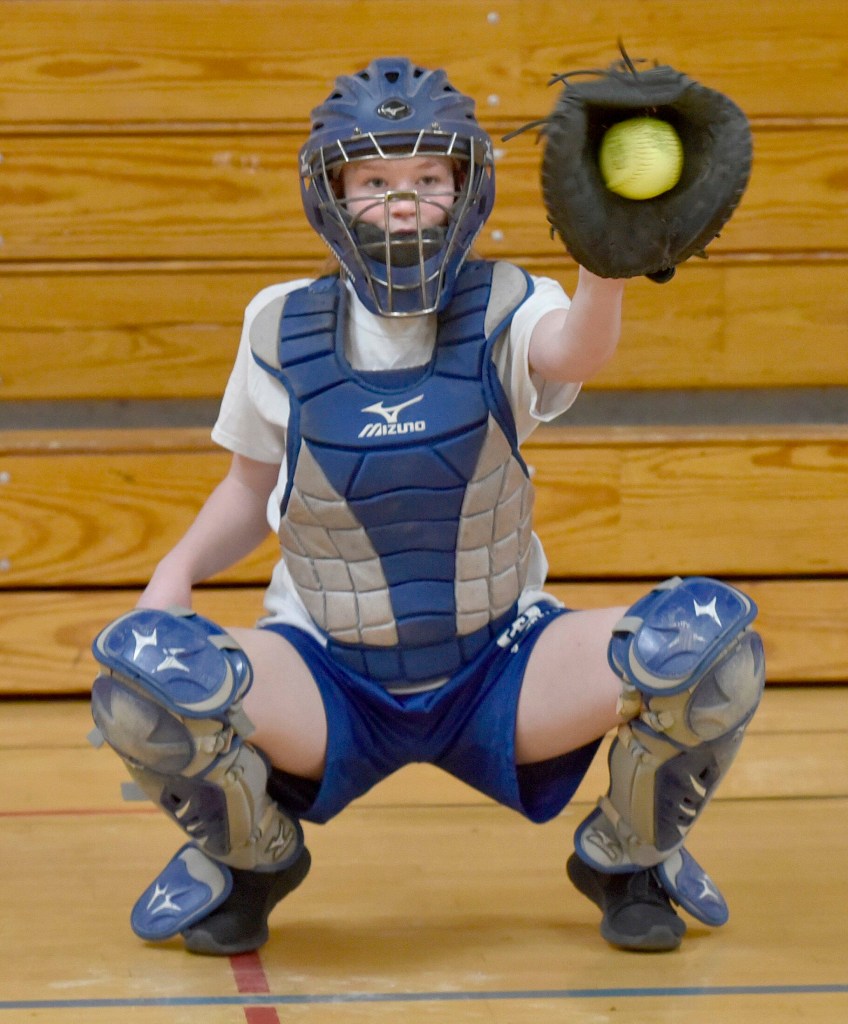
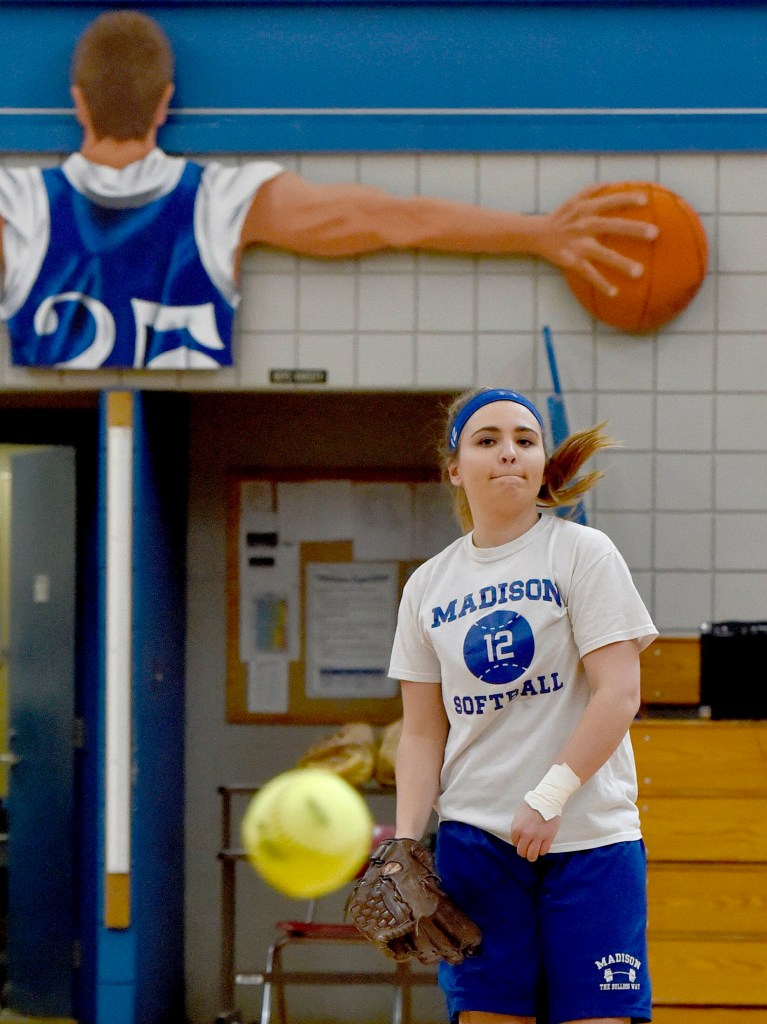
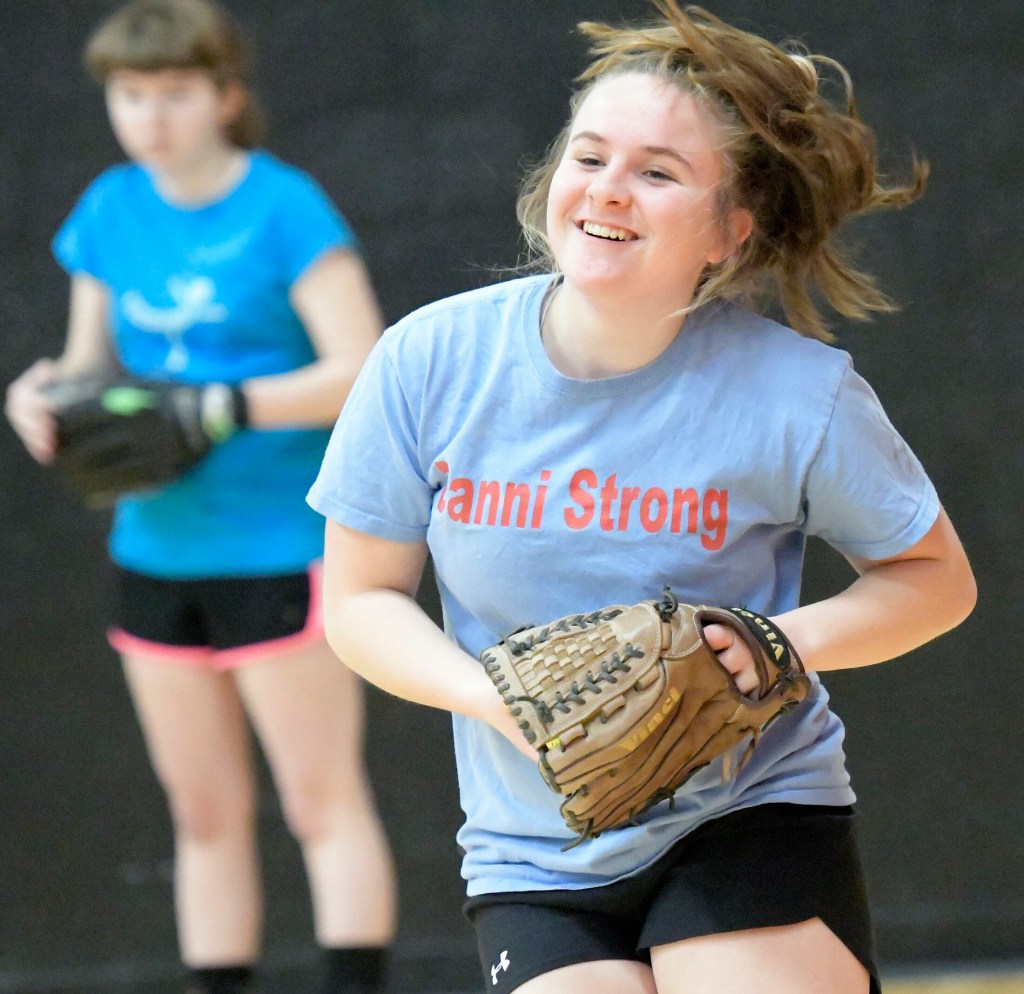
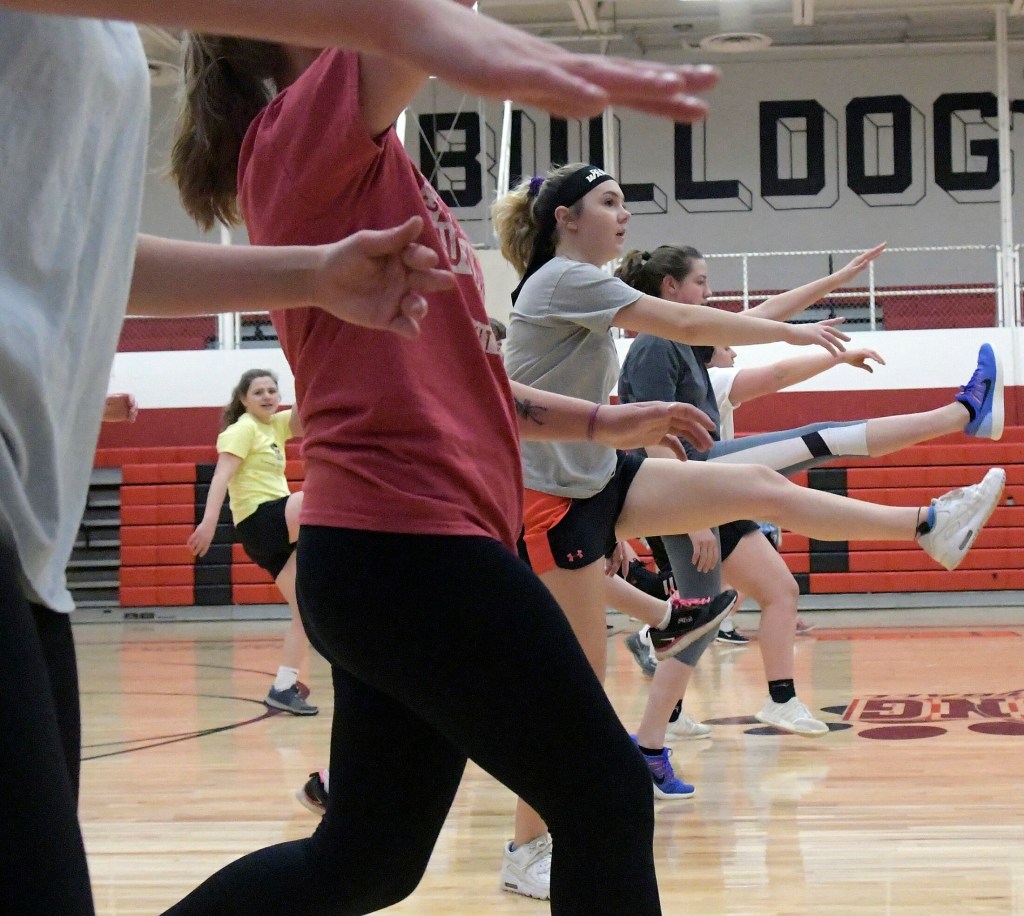
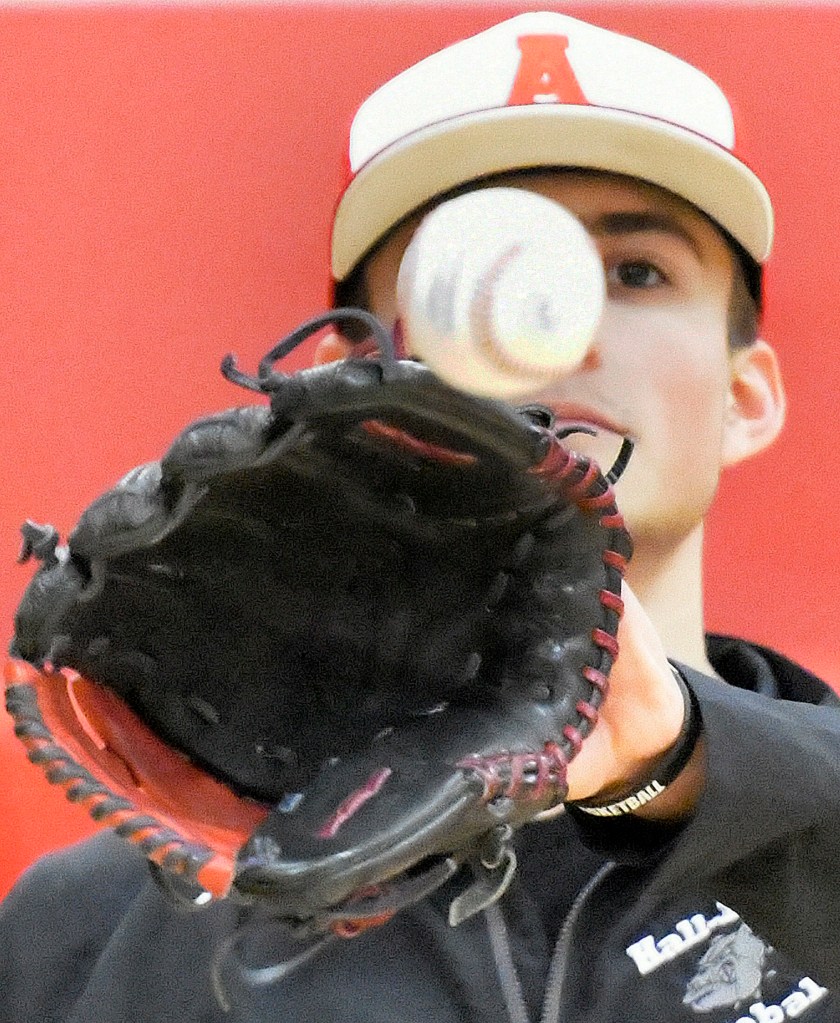
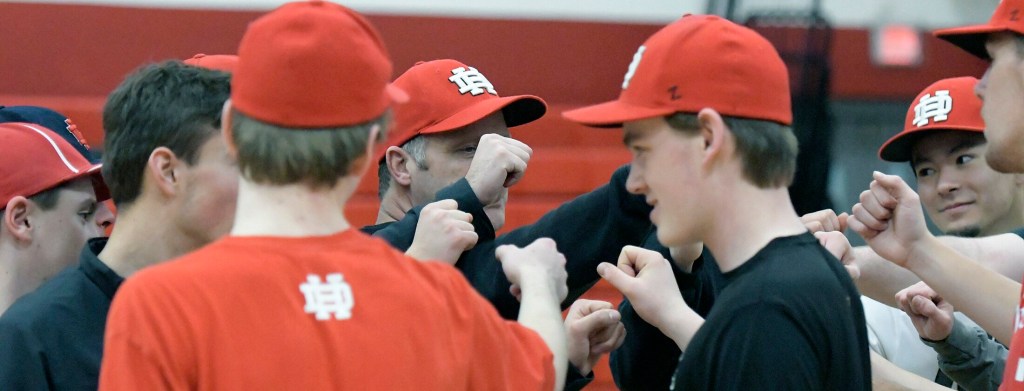
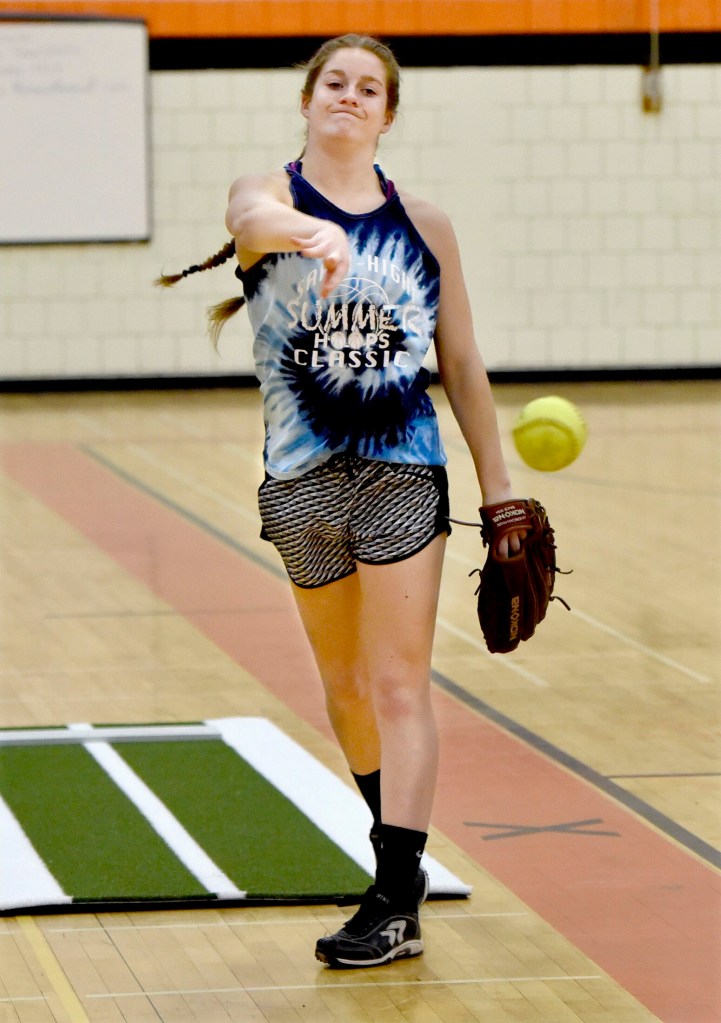
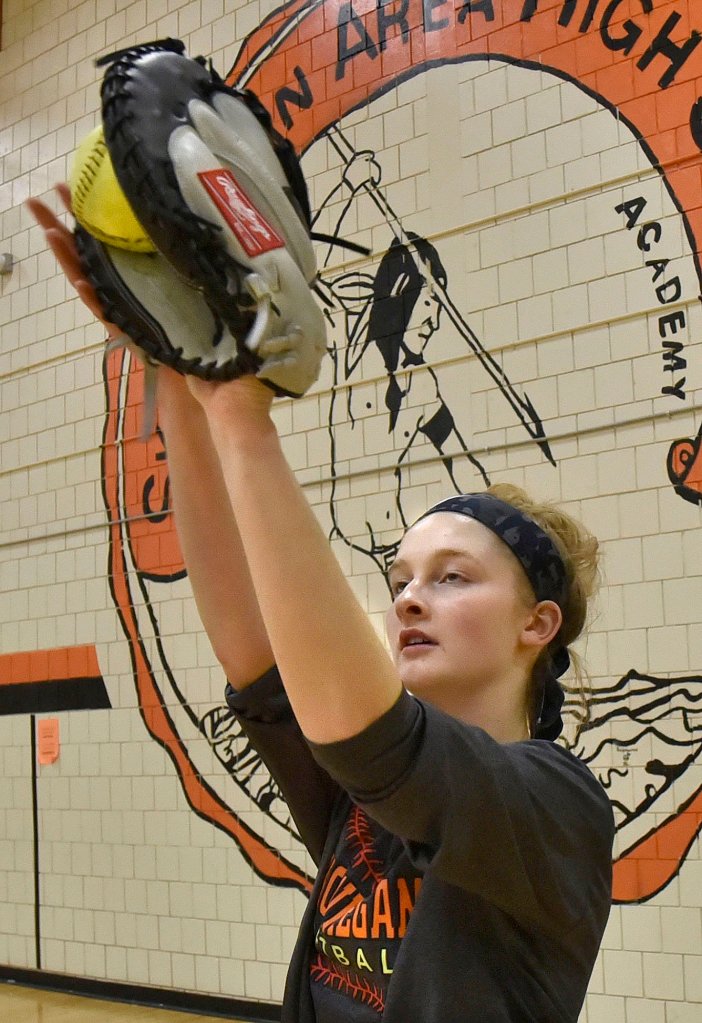
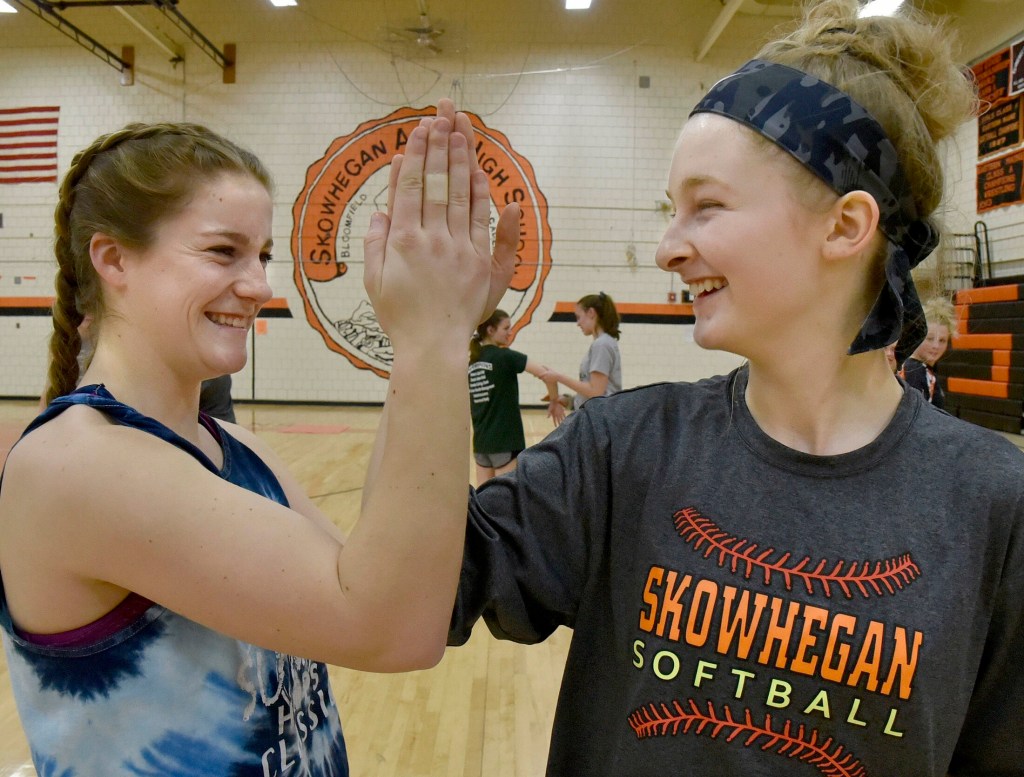
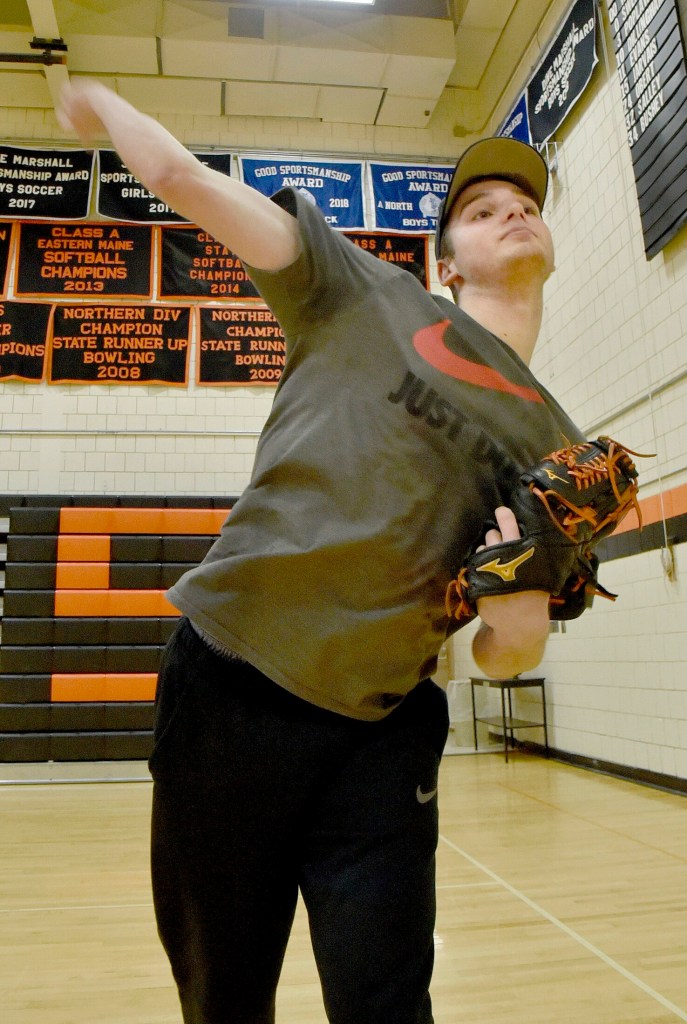
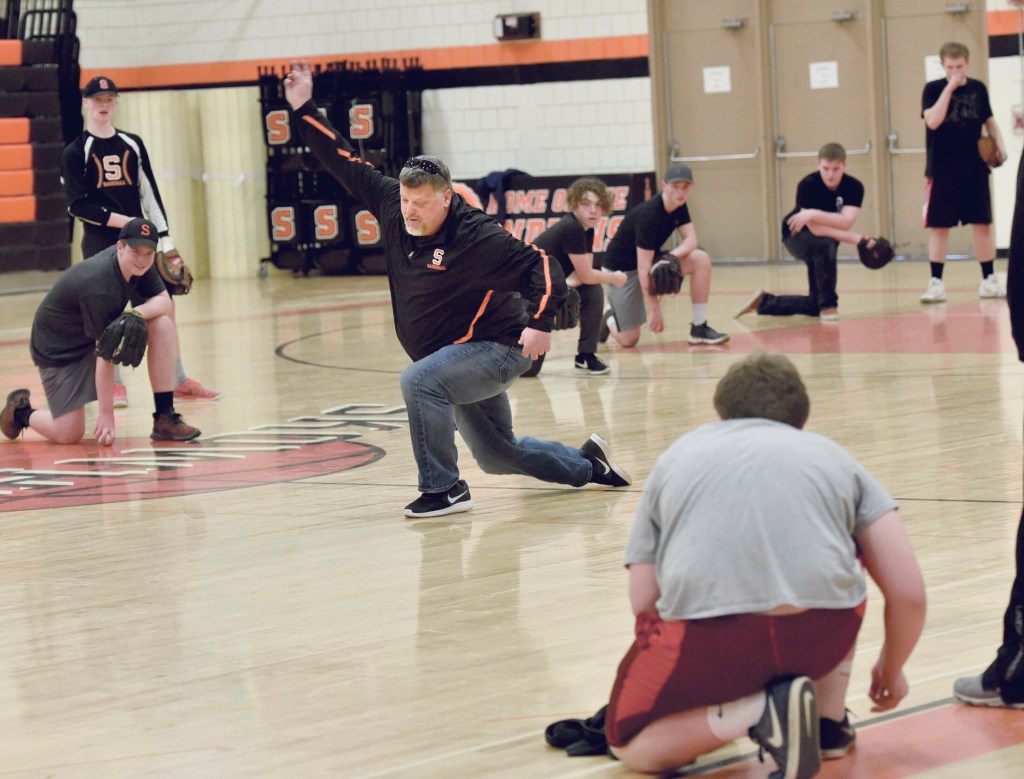

Success. Please wait for the page to reload. If the page does not reload within 5 seconds, please refresh the page.
Enter your email and password to access comments.
Hi, to comment on stories you must . This profile is in addition to your subscription and website login.
Already have a commenting profile? .
Invalid username/password.
Please check your email to confirm and complete your registration.
Only subscribers are eligible to post comments. Please subscribe or login first for digital access. Here’s why.
Use the form below to reset your password. When you've submitted your account email, we will send an email with a reset code.